Flying Spares’ 10 steps to perfect garaging
So, you’ve decided your classic Rolls-Royce or Bentley should go into hibernation for the winter. The downside is you don’t get to enjoy driving it, but there are plenty of upsides protection from slushy corrosive grit and avoiding increased skidding risks, to name but two.
There’s an art to perfect garaging, with many small jobs that will pay huge dividends in terms of mechanical longevity, concours cosmetics and vehicle value.
1 Prepare the ground

Your garage is always immaculately clean, of course, maybe with a painted concrete floor, but does that floor stop moisture from rising?
Rust is the scourge of classic cars, and rust requires moisture to set its grip on the exposed steel parts of your beloved car. That moisture will rise through a concrete floor easily, as older slabs may not be sealed to stop it. For additional protection lay out a sheet of plastic, then cover it with cardboard – that should help keep the underside of the car bone dry.
2 Tyres
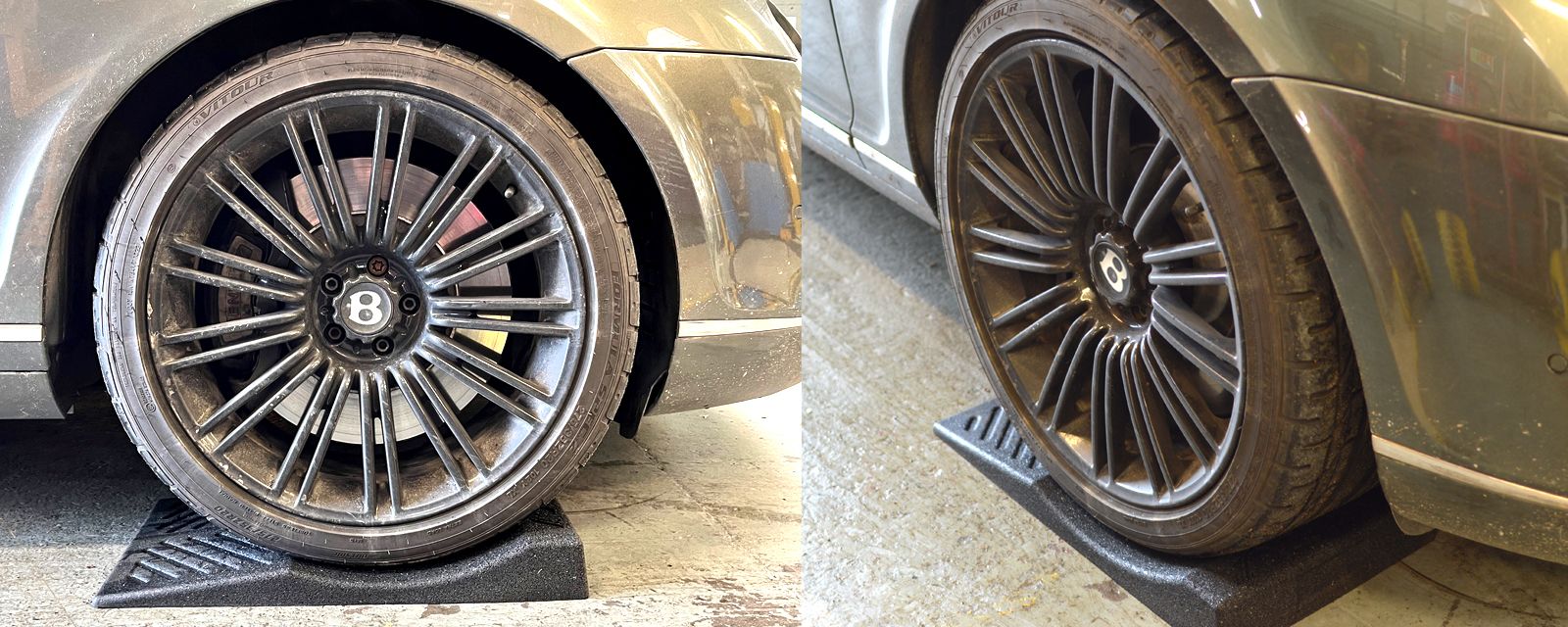
Tyres are made for driving and if a car is stored for the winter the tyres will likely develop flat spots because they have sat in the same position for a long period of time. Tyres that are in good condition will regain their shape when they get some heat from a drive. You can also help prevent lasting damage by taking a few simple steps.
Before putting your car away for the winter, ensure the air pressure is at its highest recommended setting. On a regular basis, it’s a good idea to roll the vehicle backwards and forwards, thereby standing the tyre in different areas. If you can’t do that or don’t have the time, we have the solution. TyreDox tyre cradles. These are manufactured in the UK using 93% recycled tyre crumb, they are curved to protect your tyres against flat spotting. Better still, using TyreDox means you can leave the handbrake off, avoiding the risk of it seizing…read more about TyreDox
It’s also worth spending the time and carry out a visual inspection, checking for signs of ageing, such as cracking. And pay attention to the age of the tyres. Those made from 2000 have a four-digit date stamped on the sidewall. The first two digits represent the week, the second two the year, so ‘0614’ means the tyre was made in week six of 2014. If your tyres are more than 5 years old, consider replacing them. Read more about checking the age of your tyres.
3 Clean & cover
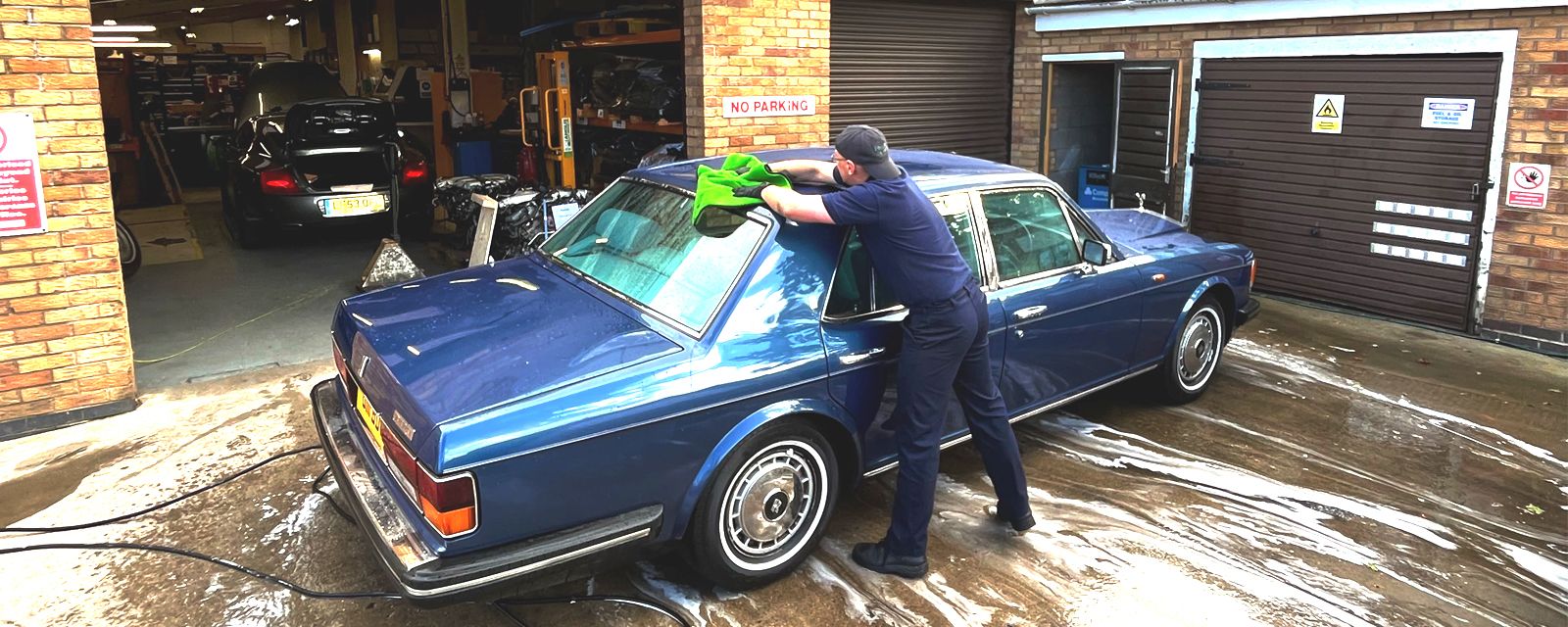
Far from being a job best left until spring, a pre-storage wash, wax and hoover is a great investment. Get rid of any dirt, grime, and dried-on bird droppings before they leave permanent stains. We stock a wide range of Autoglym interior and exterior cleaning solutions. Find out more Shop I Autoglym
Protect the exterior against rust and the interior against mildew. Once spick and span, get your pride and joy covered to keep the dust off and guard against scratches. We stock a wide range of interior and exterior car covers for 1946 onwards Rolls-Royce and Bentley models. Gifts & Accessories I Car Covers
4 Battery care

For classic cars, it is usually a given that you remove the battery and keep it in the utility room over the winter months. If your car has a battery isolator switch, use it. This will prevent it from slowly losing charge. However, for newer cars with electronic control units, this is no longer advised. For these computers on wheels, it isn’t a case of simply resetting the clock! One option is a trickle charger, which delivers just enough power to keep everything working. Flying Spares stocks, a wide range of battery solutions, including genuine chargers, adaptors and leads. Shop I Battery Chargers
5 Oil change
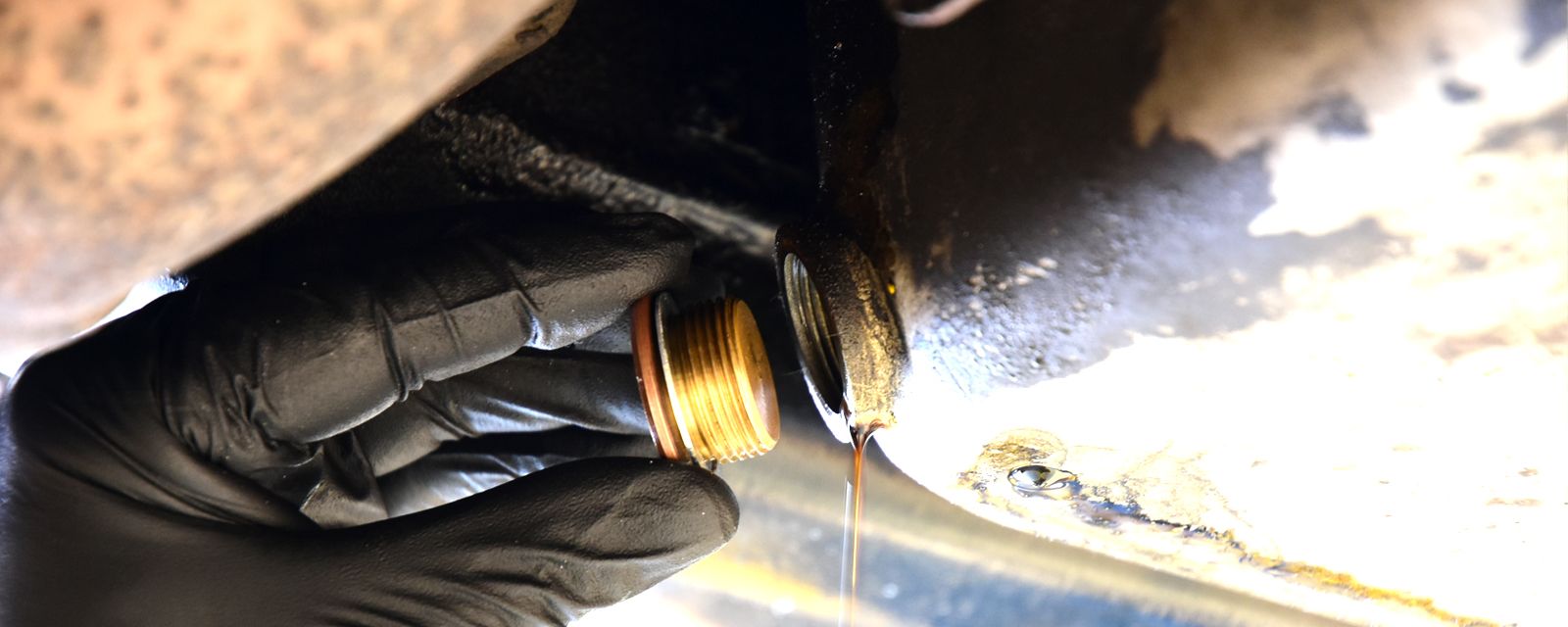
Leaving dirty old engine oil in your car while it sits unused for months, and then trying to fire it up, can be a recipe for disaster. Further still, running it for a couple of minutes every few weeks can be worse, as that isn’t long enough to burn off all the moisture. To avoid issues with contaminants and sludge, change the oil and filters before you put the car away for the winter. We recently covered fluid checks in our back-to-basics technical guide. Read more Back to Basics - Fluid Checks
6 Anti-freeze

When it comes to preventative maintenance, regularly checking and replacing your fluids such as engine oil, brake fluid, and coolant/antifreeze is an easy win. Flying Spares offers a wide range of products, including full-service kits, and, with winter in mind, new genuine green or purple coolant / anti-freeze, plus anti-freeze testers and much more.
7 Fuelling issues
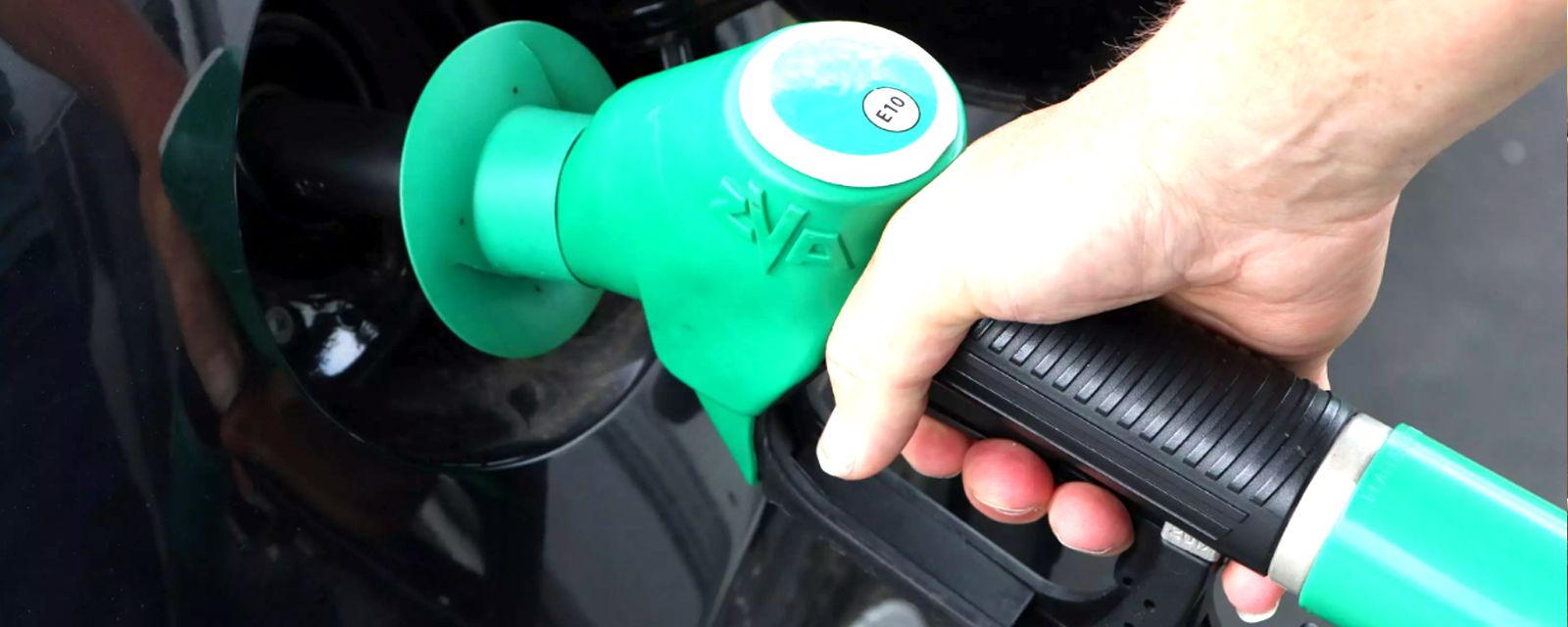
Filling up before garaging has long been advised to prevent moisture build-up inside the tank and stop seals from drying out. Now there’s a new problem: E10 fuel issues. As detailed in our “Increased Ethanol Content In Petrol,” feature, Increased Ethanol Content In Petrol: The Effects It Has On Classic Cars Whilst Left In Storage
Classic vehicles put away for winter are prime candidates. For example, ethanol can absorb water and attract bacteria, leading to corrosion in metallic components and the breakdown of rubber and plastic components. Further still, it can start a chain reaction that will create acidic molecules. E10 compliant fuel hoses are available and fuel additives can also help prevent the deterioration of components. Read more about the products we offer to combat ethanol issues. E10 Fuel - What Should You Look Out For
8 Rodent control

Unfortunately, the very steps taken to keep your car pristine over winter can make it an increasingly attractive home for mice and rats. How to conduct this battle is up to you, but low-cost solutions like wire wool in the exhaust pipe can be highly effective. Just remember to take it out before you start the engine!
9 Car insurance

Finally, in case the worst happens, a fire or theft, for instance, make sure you have the necessary insurance cover in place. Just because your Rolls-Royce or Bentley is garaged doesn’t mean there’s zero risk.
10 Garage improvement
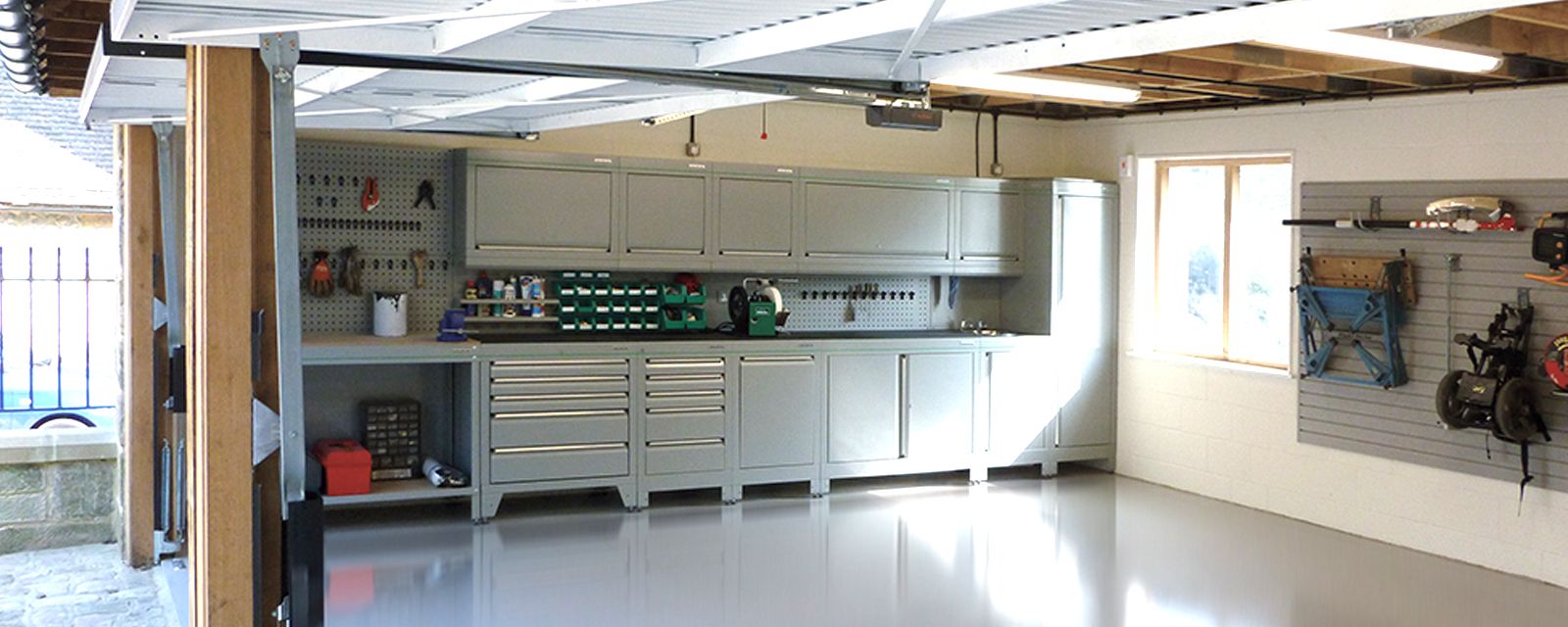
If you just can’t stay away from your car, why not upgrade your garage so you can work on it in comfort, even during the coldest months? You could insulate your garage roof, walls and doors, perhaps invest in a heating solution. Maybe clear space for some new tools or equipment? The possibilities are endless.

























23 Oct 2024
22 Oct 2024
7 Nov 2023
25 Oct 2023
24 Oct 2023
23 Oct 2023
23 Oct 2023